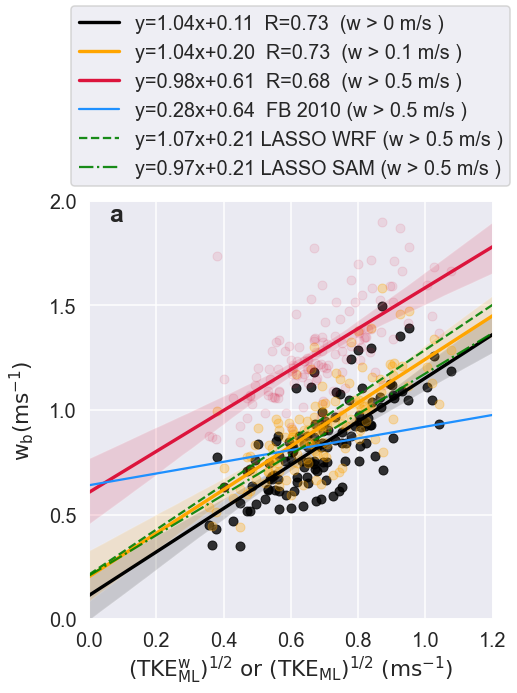Sub-cloud turbulence explains cloud-base updrafts
Submitter
Zheng, Youtong — University of Houston
Area of research
Vertical Velocity
Journal Reference
Science
We provide the first observational evidence that the more energetic the airs are below the clouds, the faster the clouds are rising.
Impact
This study answers an unresolved question: Will an air parcel that rises fast below a cloud remain fast at the cloud base? Our answer is yes.
Summary
Sub‐cloud turbulent kinetic energy has been used to parameterize the cloud‐base updraft velocity (wb) in cumulus parameterizations. The validity of this idea has never been proved in observations. Instead, it was challenged by recent Doppler lidar observations showing a poor correlation between the two. We argue that the low correlation is likely caused by the difficulty of a fixed‐point lidar to measure ensemble properties of cumulus fields. Taking advantage of the stationarity and ergodicity of early afternoon convection, we developed a lidar sampling methodology to measure wb of a shallow cumulus (ShCu) ensemble (not a single ShCu). By analyzing 128 ShCu ensembles over the Southern Great Plains, we show that the ensemble properties of sub‐cloud turbulence explain nearly half of the variability in ensemble‐mean wb, demonstrating the ability of sub‐cloud turbulence to dictate wb. The derived empirical formulas will be useful for developing cumulus parameterizations and satellite inference of wb.


